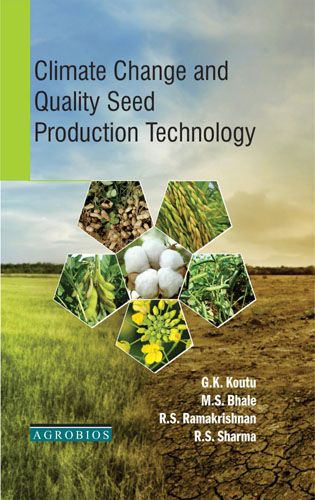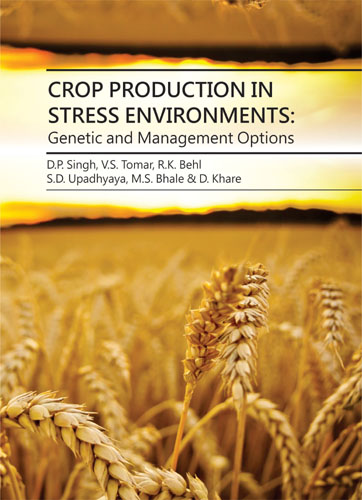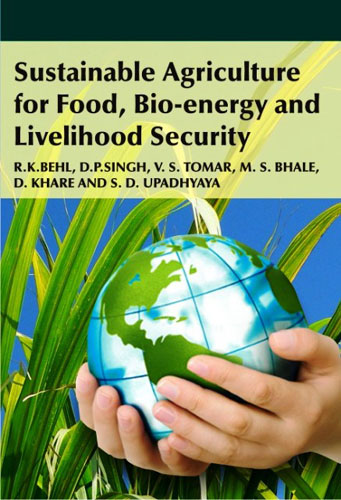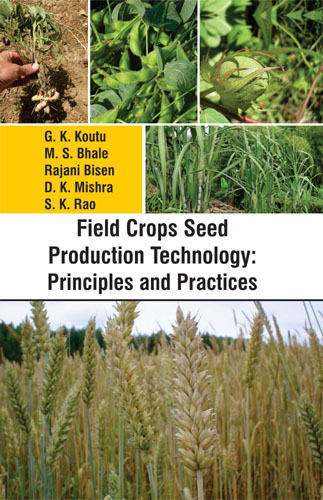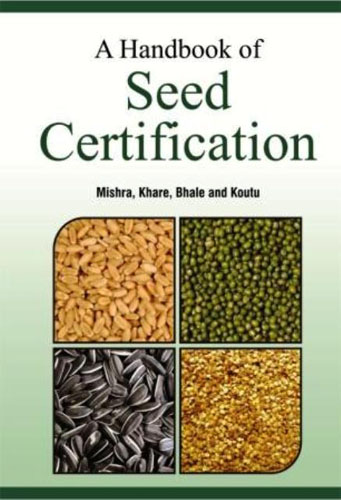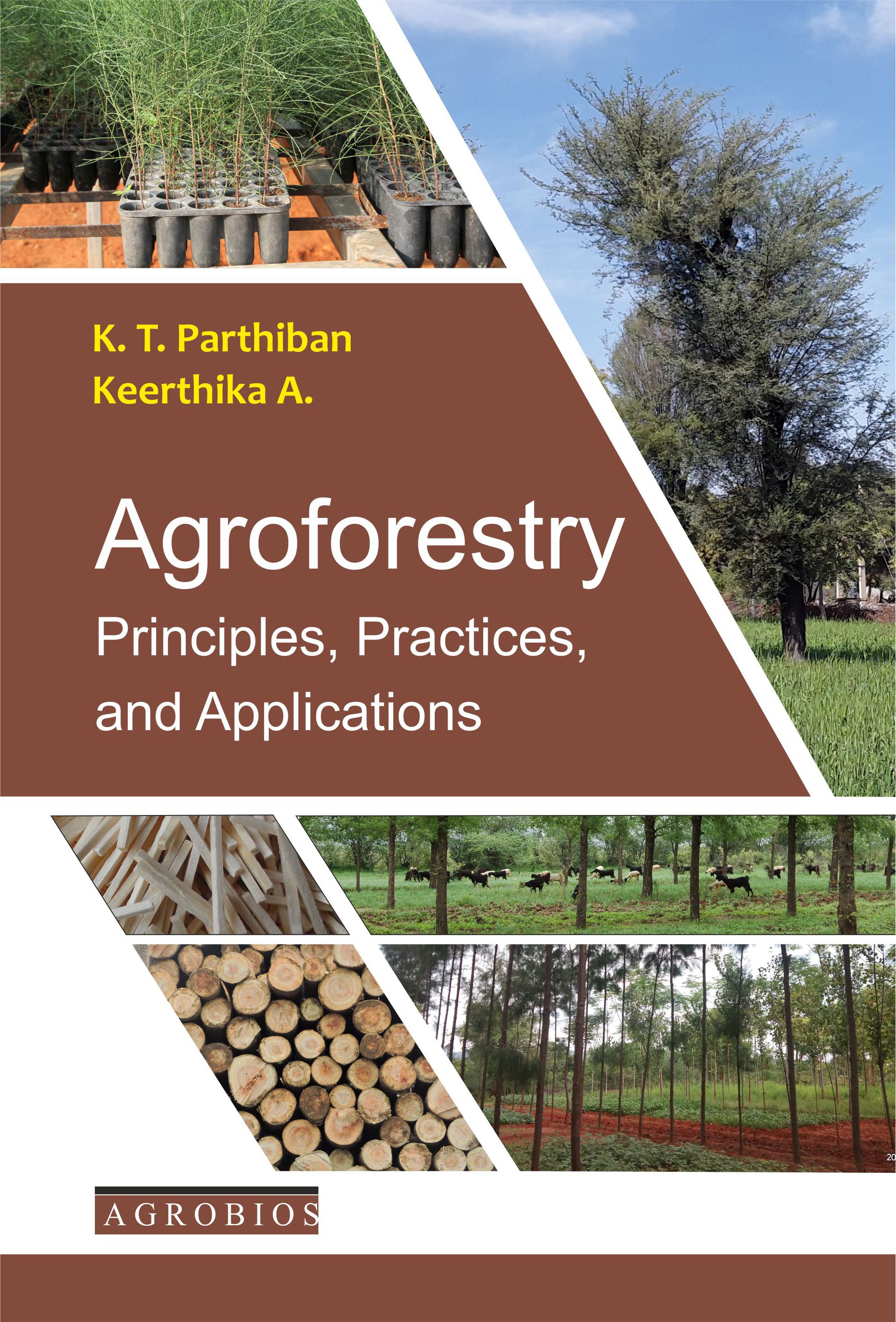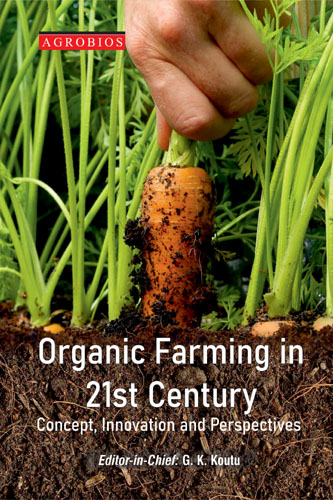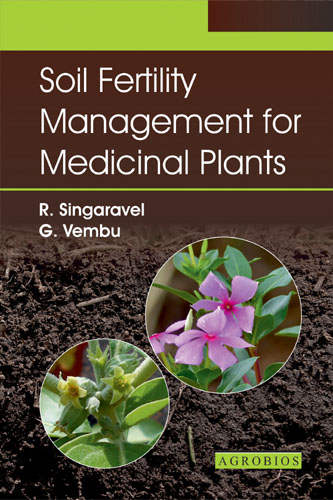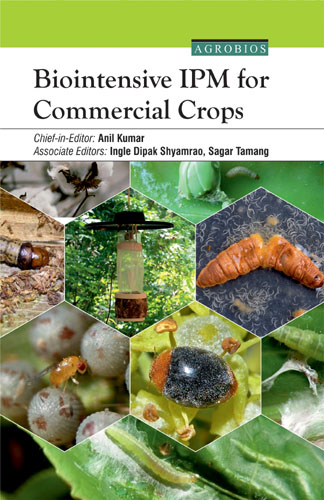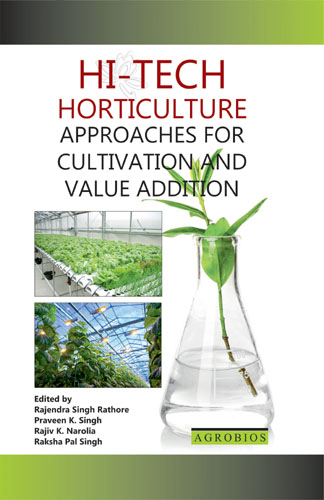Seed Pathology In Modern Agriculture
The term Seed Pathology was initially used by Paul Neergaard and Mary Nobel in 1940s for the science dealing with interactive relationship between the seed and disease causing agents. Further it was included the study of diseases and deterioration caused by animate, inanimate or virus and viroid, mechanism of seed infection, transmission of seedborne pathogens, detection, study of tolerance level, damage in storage and management aspects. To make agriculture profitable, efforts have been continuously made to precise various steps of production technology. Since the human has understood the crop husbandry, the seed was considered as the basic vital input for sustaining the better yield. Significance of seed has assumed a vital role in the new era of free flowing world trade across the geographical boundaries.
Seed health and certification has gained the momentum for quality assurance. Standards for certification have been worked out and are being applied through legislation for maintaining the desired quality. Freedom from associated microorganisms has always been a priority area in modern agriculture. The awareness for seed transmitted plant pathogens has increased many folds among planners, researchers, growers, traders and consumers. With the implementation of Seed Bill, the seed health testing shall be an obligatory issue besides the consideration of germination, purity and moisture.
The book Seed Pathology in Modern Agriculture contains 44 chapters, 15 of which deal with the basic aspects covering the role of microorganisms associated with seeds in agriculture and welfare of human society as some plant pathogens also exhibit the hazardous effects on human and animals. Seed health testing procedures and standards for associated fungi, bacteria, viruses and nematodes have been discussed. Seed to plant and plant to seed transmission of associated pathogens and their mechanism of infection have also been discussed with suitable examples in view of further introduction and recurrence and spread in newer areas. Factors affecting the safe storage and influence on seed associated microorganisms have been considered. Certain crop seeds have inbuilt capacity of inhibiting the entry of pathogens as they are rich in substances like phenols .They are contained in seed exudations. The information on seed exudations is certainly helpful in crop improvement programme .Information has been presented for transmission of seed associated pathogens and their effective management. Remaining 29 chapters deal with important seedborne diseases of major crops that include the nature of the pathogen, symptoms, role in recurrence and management.
The book is designed for those involved in seed science and technology, especially the young people involved with production, certification and teaching seed pathology. Besides Agricultural Universities, the subject is introduced in traditional Universities; hence present volume shall also serve as a reference book.
FEATURES
- Seed to plant and plant to seed transmission of pathogens and their management
- Seed legislations governing seed quality including seed health
- Seed exudates and seedborne microorganisms
- Significance of seedborne pathogens in agriculture, animal husbandry and human welfare
- Procedures for sampling, purity analysis and germination
- Methods in seed health testing
- Important seedborne diseases of cereals, pulses, oilseeds, vegetables, their symptoms, causal organism, mode of recurrence, spread and management
Khare MN
555
Table of Contents..
- Significance of Seaborne Microorganisms in Agriculture, Animal Husbandry and Human Welfare
- Characteristics of Quality Seed
- Seed Certification
- Procedures for Sampling Purity Analysis and Germination
- Methods in Seed Health Testing
- Seaborne Fungi
- Seaborne Bacteria
- Seaborne Viruses
- Seaborne Nematodes
- Mechanism of Seed Transmission of Plant Pathogens
- Seed Health and Storage Conditions
- Seed Exudates and Seaborne Microorganisms
- Seed Dormancy
- Seed to Plant and Plant to Seed Transmission of Pathogens and their Management
- Seed Legislations Governing Seed Quality Including Seed Health
- Important Seaborne Diseases of Rice
- Important Seaborne Diseases of Wheat
- Important Seaborne Diseases of Maize
- Important Seaborne Diseases of Sorghum
- Important Seaborne Diseases of Pearl Millet
- Important Seaborne Diseases of Oat
- Important Seaborne Diseases of Barley
- Important Seaborne Diseases of Chickpea
- Important Seaborne Diseases of Lentil
- Important Seaborne Diseases of Black Gram
- Important Seaborne Diseases of Greengram
- Important Seaborne Diseases of French Bean
- Important Seaborne Diseases of Cowpea
- Important Seaborne Diseases of Soybean
- Important Seaborne Diseases of Peanut
- Important Seaborne Diseases of Sunflower
- Important Seaborne Diseases of Sesame
- Important Seaborne Diseases of Castor
- Important Seaborne Diseases of Jute
- Important Seaborne Diseases of Eggplant
- Important Seaborne Diseases of Tomato
- Important Seaborne Diseases of Capsicum
- Important Seaborne Diseases of Cauliflower
- Important Seaborne Diseases of Cabbage
- Important Seaborne Diseases of Pea
- Important Seaborne Diseases of Carrot
- Important Seaborne Diseases of Okra
- Important Seaborne Diseases of Radish
- Important Seaborne Diseases of Guar
Species Index
Book Details
Book Title:
Seed Pathology In Modern Agriculture
Seed Pathology In Modern Agriculture
Book Type:
TEXT-CUM-REFERENCES BOOK
TEXT-CUM-REFERENCES BOOK
No Of Pages:
376
376
Color Pages :
0
0
Color Pages :
0
0
Book Size:
AMERICAN ROYAL (6X9)
AMERICAN ROYAL (6X9)
Weight:
700 Gms
700 Gms
Copyright Holder:
All Rights Reserved
All Rights Reserved
Imprint:
M/s AGROBIOS (INDIA)
M/s AGROBIOS (INDIA)
Readership:
PG STUDENTS | SCIENTISTS AND RESEARCHERS |
PG STUDENTS | SCIENTISTS AND RESEARCHERS |
Associated Subjects:
Agronomy , Forestry , Horticulture , Plant Pathology , Seed Science And Technology ,
Agronomy , Forestry , Horticulture , Plant Pathology , Seed Science And Technology ,




